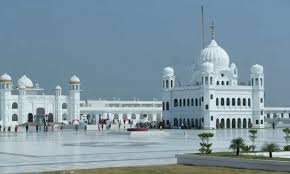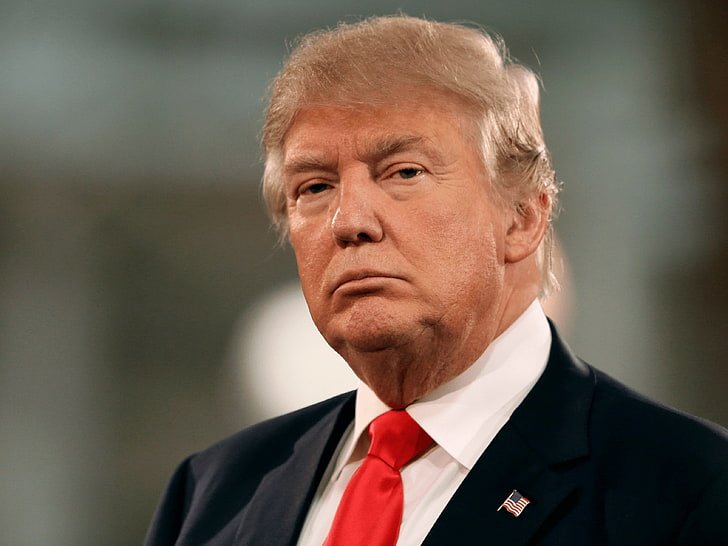Calls Grow to Reopen Kartarpur Corridor: A Pathway to Peace, Faith, and Unity
In the aftermath of a recent ceasefire agreement between Pakistan and India, renewed calls are rising across India for the government to reopen the Kartarpur Corridor — a sacred passage that holds deep spiritual significance for the global Sikh community. More than just a border crossing, this corridor represents hope, healing, and the enduring power of faith over politics.
The Kartarpur Corridor, which connects Dera Baba Nanak in India’s Punjab with Gurdwara Darbar Sahib in Pakistan’s Kartarpur, was inaugurated in 2019 to great celebration. It was hailed as a landmark achievement in religious diplomacy — a corridor of peace where politics took a back seat to spiritual unity. However, following heightened tensions and subsequent closures after incidents like the Pahalgam attack, the corridor’s operations were suspended, leaving thousands of Sikh devotees heartbroken and disconnected from one of their most revered religious sites.
Now, with signs of diplomatic thaw and improved cooperation between the two countries, particularly after the recent ceasefire and reopening of trade routes like the Wagah border for Afghan produce trucks, voices across India are passionately demanding that the Kartarpur Corridor be reopened without further delay.
Spiritual Significance: A Pilgrimage of the Soul
For the Sikh community, the Kartarpur Corridor is far more than just a physical road; it is a spiritual lifeline. Gurdwara Darbar Sahib in Kartarpur is one of the holiest sites in Sikhism, built on the location where Guru Nanak Dev Ji, the founder of the faith, spent the final 18 years of his life. The ability to walk freely to this sacred place without the need for a visa was seen as a blessing when the corridor opened in November 2019.
Since then, thousands of Sikhs from India and around the world have made the pilgrimage. Many described the experience as deeply transformative, reconnecting them with their roots and giving them a sense of peace, pride, and belonging.
But with the corridor’s ongoing closure, these spiritual journeys have been halted. For many devotees, this disruption feels not just like a policy issue but a personal wound — a denial of their right to freely practice and express their faith.
A Symbol of Religious Freedom and Cross-Border Unity
Religious freedom is enshrined in both Indian and international constitutional values. The temporary shutdown of the Kartarpur Corridor, particularly after the reopening of the Wagah border for Afghan produce, raises questions about consistency in the Indian government’s cross-border engagement policies.
Why is trade being facilitated, but faith-based access remains blocked?
This question resonates especially strongly among Sikh religious leaders, community organizations, and political voices who have begun to openly urge the government to restore the corridor’s access.
“This isn’t just about a road,” said a Punjab-based Sikh activist. “This is about spiritual justice, about access to our Guru, and about peace-building through faith. Kartarpur Corridor is a sacred space. It needs to rise above politics.”
Public Sentiment and Political Support
Public sentiment surrounding the Kartarpur Corridor remains overwhelmingly positive. Pilgrims who once walked the sacred path speak of a divine presence, an emotional bridge that transcends borders, hatred, and conflict. Many view the reopening of the corridor as a test of goodwill between the two nations, and a golden opportunity to nurture peace and cooperation through shared culture and religious respect.
Political figures across party lines have also echoed support for the corridor’s reopening. Members of Parliament from Punjab, prominent Sikh leaders, and civil society representatives are urging the central government to act with urgency and sensitivity.
Moreover, Pakistan has indicated its continued commitment to keeping the corridor open on its end, further signaling that the initiative still enjoys bilateral support. In a time when the subcontinent faces numerous challenges — from economic concerns to climate pressures — the corridor stands out as a rare, unifying gesture.
Faith as a Force for Peace
At a time when the world is struggling with increasing polarization and intolerance, religious harmony initiatives like the Kartarpur Corridor carry immense symbolic value. By enabling citizens of both countries to engage in peaceful spiritual journeys, the corridor not only fulfills religious aspirations but also dismantles long-standing walls of suspicion and hostility.
Reopening the corridor would be a gesture of goodwill that speaks louder than any diplomatic communiqué. It would honor the memory and teachings of Guru Nanak Dev Ji, whose message was one of compassion, equality, and unity. His teachings emphasized service, shared humanity, and the importance of seeing God in every being — values that are deeply needed in today’s divided world.
See More:
A Moment for Courage and Leadership
Every historical reconciliation begins with small but meaningful steps. Reopening the Kartarpur Corridor at this moment — following the ceasefire and renewed cooperation at trade routes — could be that step. It could serve as a bold declaration that faith, not fear, will guide the region’s future. That humanity matters more than hostility. That the governments of India and Pakistan are willing to prioritize people’s spiritual needs alongside their strategic interests.
For India, especially, where the Sikh community plays a vital and proud role in the nation’s fabric, reopening the corridor would be a powerful reaffirmation of the country’s commitment to religious freedom, minority rights, and interfaith harmony.
The Road Ahead
Of course, legitimate security concerns must always be addressed. But that should not translate into permanent closure. A balanced framework — perhaps including stricter documentation, monitoring systems, or pilgrimage quotas — could allow for safe and regulated reopening, without compromising on national interests.
In today’s interconnected world, diplomacy is no longer just about statecraft and defense — it’s also about cultural exchange, religious tourism, and people-to-people contact. The Kartarpur Corridor is an embodiment of that new diplomacy. Its reopening could pave the way for greater dialogue, trade normalization, and perhaps even progress on more complex bilateral issues.
Conclusion: A Corridor of Hope
The Kartarpur Corridor began as a vision of peace — an idea that two historically estranged nations could unite for the sake of spiritual unity. That vision must not be allowed to fade.
Reopening this sacred path is more than just restoring a route; it’s about rebuilding trust, honoring a community’s faith, and reminding the world that even in a region fraught with conflict, peace is always possible — especially when led by the power of faith.
The Indian government now stands at a crossroads. One path leads to caution and delay. The other leads to courage and reconciliation. The choice they make will echo far beyond the border—it will resonate in the hearts of millions who believe that the Kartarpur Corridor is not just a road to a shrine, but a bridge to a better future.




